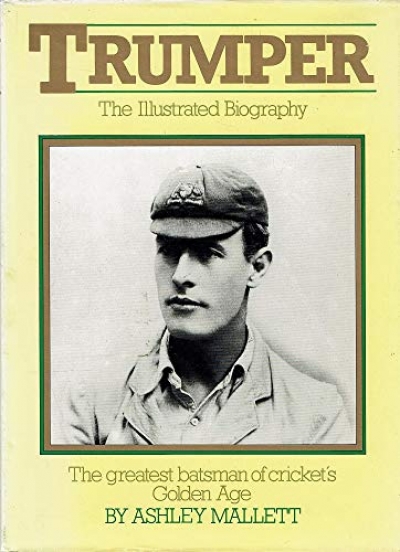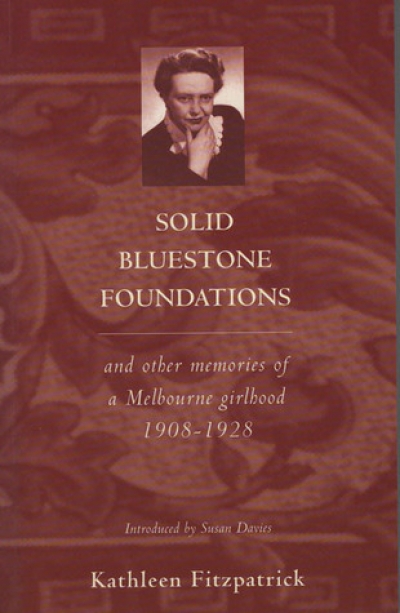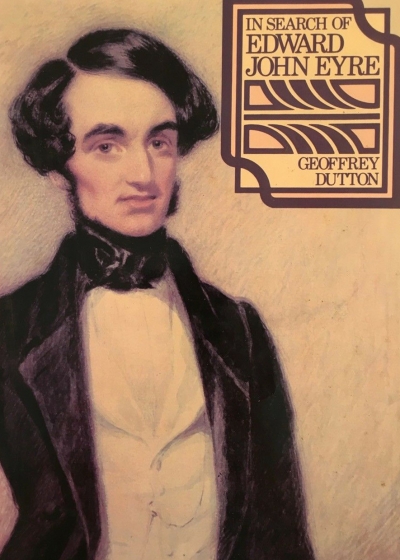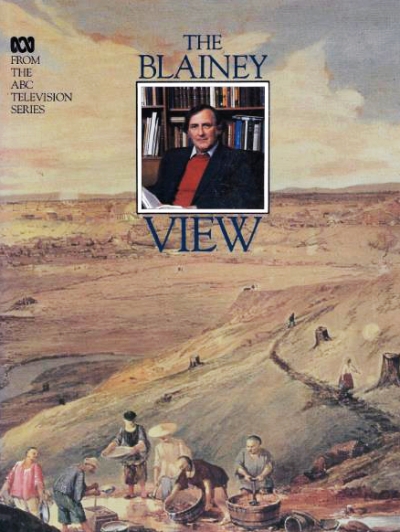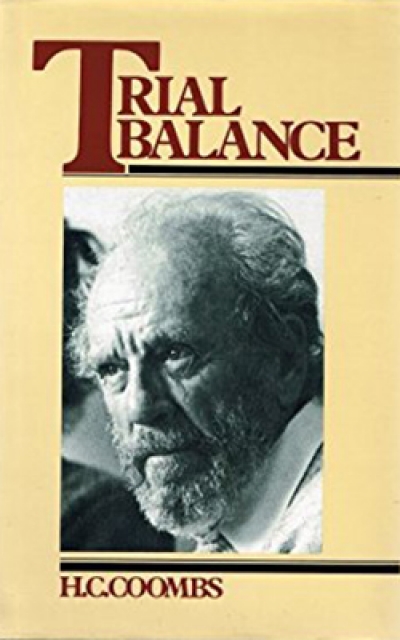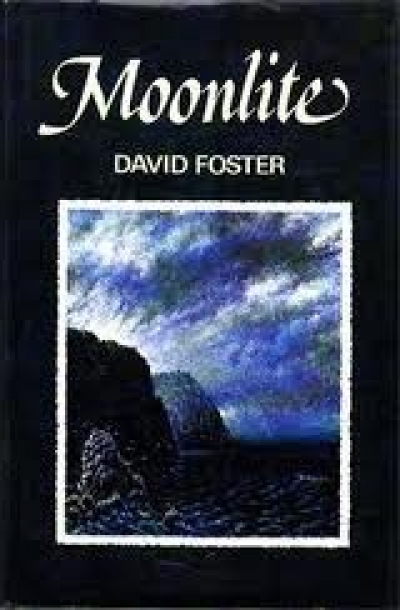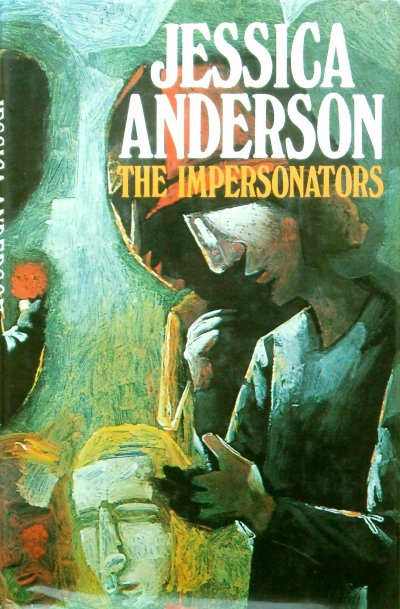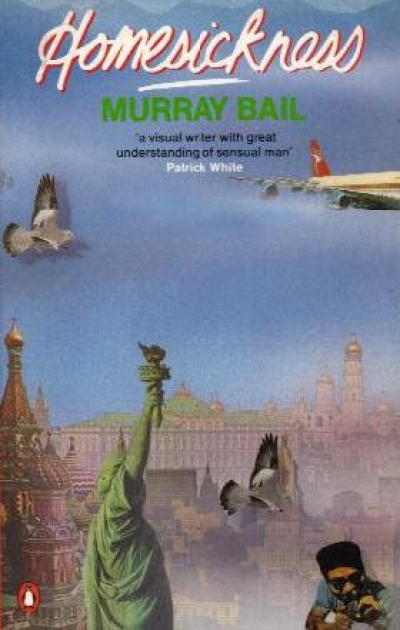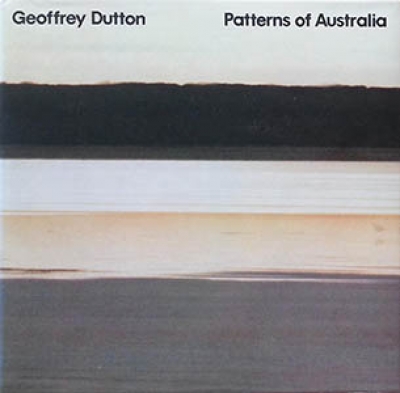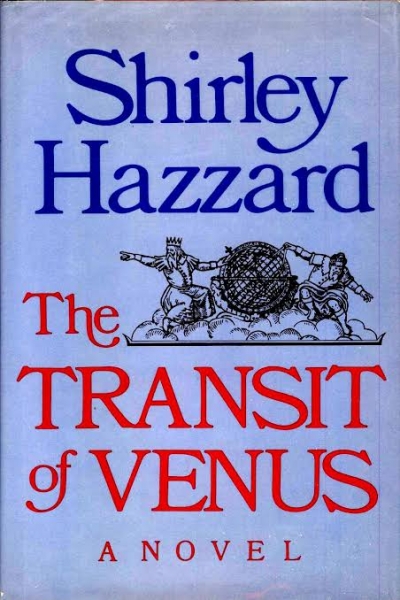As she did so vividly in Tirra Lirra by the River, Jessica Anderson uses a returning expatriate woman to cast fresh eyes on the social and urban landscape of Australia. Here, it is Sylvia Foley who has spent some twenty years in Europe eschewing the comforts and constraints of suburban life, teaching Italian and conducting tours of the British Isles and the Continent. On a whim, she abandons her peripatetic life to return to Sydney for a few months prior to her plan to settle in Rome. Unbeknown to her, her autocratic father, Jack Cornock, is dying and she is immediately suspected by other members of her dislocated family of returning to benefit from the will – which she ultimately does as the recipient of her father’s vindictive gesture to spite his wife. And Sylvia’s ‘family’ is considerable. There is her illiterate mother Molly, now married to Ken, her brother Stewart, and her stepsiblings: Harry, Rosamond, Hermione, and Guy, the children of her father’s second wife, Greta.
...
(read more)

